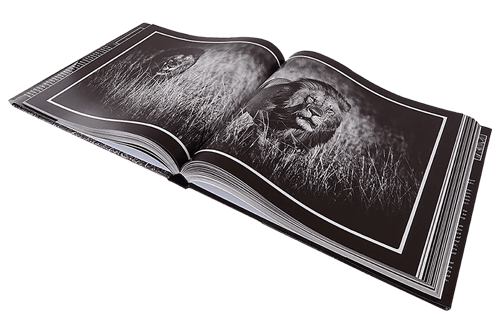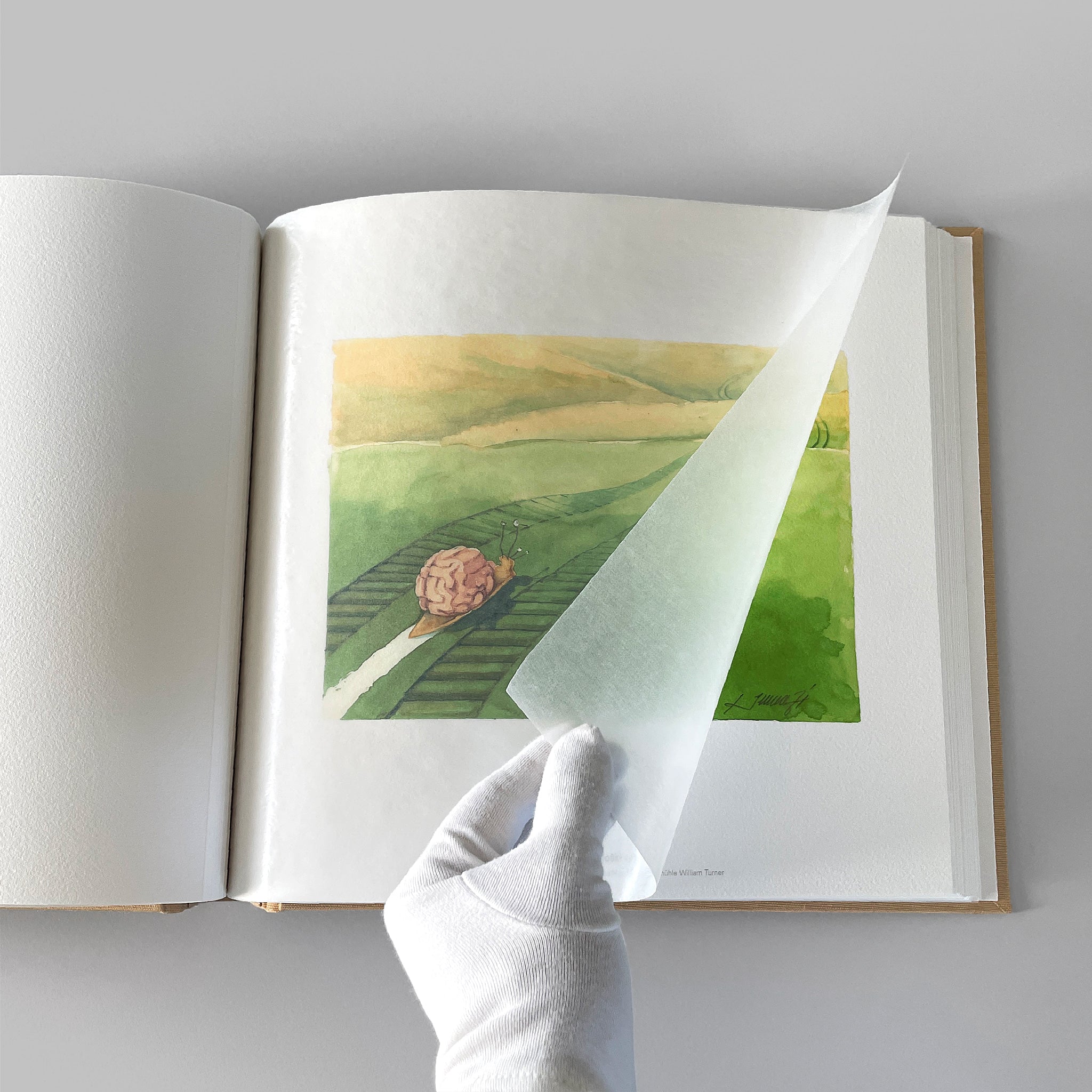How to Prepare Professional Files for an art book Project
Discover the Crucial Overview to Art Book Printing for Aspiring Artists and Publishers
As a hopeful artist or author, understanding the subtleties of art book printing is important to bringing your vision to life. You'll require to consider numerous factors, from selecting the right type of book to making certain color accuracy and picking suitable materials. Each choice influences the end product significantly. What are the key aspects you should concentrate on to develop a stunning art book that genuinely represents your job?
Understanding Different Kinds Of Art Books
When you plunge right into the globe of art publications, you'll swiftly uncover that they can be found in various forms, each tailored to different artistic expressions and audiences. Coffee table books usually display stunning visuals, best for laid-back surfing, while monographs dive deep right into a private artist's job, offering context and understandings. If you have an interest in details art motions, exhibit brochures provide comprehensive paperwork of shows, featuring essays and reviews.
For educational purposes, art guidebooks and method publications direct you via different mediums and designs, making them important for aiming artists. Each layout serves its objective, and knowing their differences can enhance your art book journey.
Picking the Right Paper and Materials
Picking the appropriate paper and products can substantially impact the general top quality and feel of your art book. For dynamic shades and detailed details, choose for a shiny coating or a heavyweight matte paper that boosts visual depth.
Consider the weight of the paper, also. Thicker options frequently offer a more expert appearance, while lighter papers can minimize printing prices. Do not neglect about the binding materials; a durable cover can secure your web pages and contribute to guide's visual.
Ultimately, take into consideration sustainability. Green alternatives are obtaining appeal and can show your values as an artist. By thoroughly selecting your paper and products, you'll assure that your art book not just looks excellent however likewise feels unique in the hands of your viewers.

Choosing the Best Printing Strategies
When it pertains to printing your art book, picking between countered and digital printing can greatly affect your final item. You'll also wish to take into account just how paper top quality impacts the overall feel and look of your artwork. Allow's check out these vital printing methods to locate the most effective suitable for your job.
Offset vs. Digital Printing
While both countered and digital printing have their benefits, picking the best strategy for your art book can significantly influence the end product. Countered printing provides high-grade images and vivid shades, making it optimal for bigger print runs. If you're wanting to generate hundreds or thousands of copies, counter will certainly give you constant outcomes and reduced per-unit costs. On the other hand, electronic printing succeeds for smaller quantities and quicker turn-around times. It permits easy personalization, allowing you to publish unique copies without additional configuration prices. Consider your budget, timeline, and the volume of your project. Eventually, your option needs to align with your artistic vision and distribution technique, making sure that your art book mirrors the top quality you desire.
Paper Quality Factors To Consider
Picking the appropriate paper top quality can considerably improve the aesthetic appeal and tactile experience of your art book. Beginning by taking into consideration the weight and appearance of the paper. Much heavier paper typically feels more lavish and can much better showcase vibrant shades and detailed details. For prints, a glossy coating can make pictures pop, while a matte finish provides a softer, extra subtle look. Do not fail to remember about the paper's illumination; brighter sheets can improve color accuracy and comparison.
Next, consider the sustainability of your selection. Environment-friendly options are coming to be progressively popular and can attract environmentally-conscious readers. Request examples to see how various documents work with your art work, ensuring the final item reflects your vision completely.
Making Certain Color Precision in Your Prints
To attain spectacular prints, you require to concentrate on color precision from the beginning. You'll want to utilize shade calibration techniques to verify your display and printer are in sync. Additionally, proofing your job prior to the last print run can help catch any look what i found kind of inconsistencies, ensuring your art looks simply as you envisioned.
Color Calibration Methods
Assuring shade accuracy in your prints starts with efficient shade calibration strategies that help maintain consistency between your electronic photos and last published products. Calibrate your monitor utilizing hardware calibration tools to accomplish the finest shade depiction. This validates that what you see on-screen suits what gets published. Next, choose a shade account matched for your printing procedure, like CMYK for print materials. Frequently inspect your printer's settings and preserve it to prevent color shifts. It's likewise important to utilize high-grade paper that enhances your inks, as various surface areas can considerably impact color outcome. By regularly applying these techniques, you'll boost the general high quality of your art prints and better convey your artistic vision.
Proofing for Precision
While you could think your electronic pictures are ready for print, proofing is essential for attaining color precision. Prior to committing to a complete print run, always ask for a proof from your printer. This allows you to see just how colors convert from screen to paper. Contrast the proof navigate here with your adjusted screen to spot any kind of discrepancies. Pay focus to saturation, brightness, and hue, as these aspects can drastically impact your end product.
If changes are needed, connect clearly with your printer regarding your wanted outcomes. Do not hesitate to demand numerous proofs if needed; it deserves the investment to obtain it right. Ultimately, complete proofing guarantees that your artwork is stood for as you pictured it, maintaining your creative stability throughout the printing procedure.

Creating Layouts That Enhance Your Art Work
When you design layouts for your art book, it's important to consider exactly how each aspect engages with your artwork. Go for an equilibrium between visuals and text, guaranteeing neither eclipses the other. Use white space strategically; it gives your art work area to take a breath and accentuates its information.
Take into consideration the circulation of your book. Prepare photos in a manner that guides the viewers's eye, developing a story or thematic progression. art book. Vary the dimensions and alignments of your art work to keep the layout vibrant and intriguing
Select font styles that complement your artwork without sidetracking from it. Maintain text succinct and pertinent, supplying context or insight that boosts the visitor's experience.
Lastly, test various designs. Print examples to see exactly how the designs convert theoretically, and adjust as required. By attentively developing your formats, you'll produce a visually interesting art book that resonates with your audience.
Binding Alternatives for a Professional End Up
Choosing the right binding choice can significantly influence the general discussion of your art book. You'll want to take into consideration both visual appeals and resilience when making your option. Popular options consist of ideal binding, which offers a streamlined look and is excellent for thicker books; saddle sewing, ideal for smaller sized booklets; and spiral binding, which enables web pages to lay flat for very easy viewing.
If you're intending for a premium feeling, instance binding is an exceptional choice, supplying a tough cover and an expert appearance (art book). Don't fail to remember concerning the cover material; choices like cloth, leather, or a shiny coating can elevate your book's charm
Whatever alternative you choose, see to it it enhances your artwork and improves the visitor's experience. Take your time to consider the advantages and disadvantages of each technique, so your last product shows the top quality of your my sources imaginative vision.
Preparing Your Apply For Print Readiness
To ensure your art book is print-ready, you'll need to pay attention to submit prep work. Beginning by setting your file dimension to match your wanted print measurements. Use high-resolution images-- 300 DPI is the requirement-- to establish sharp, vivid visuals. Convert your files to CMYK mode, as this color area is ideal for printing. Do not neglect to consist of bleed areas, normally an additional 0.125 inches around your web pages, to avoid any white edges after trimming.
Also, install your font styles or transform message to outlines to avoid any font issues. Conserve your operate in a PDF layout, as this is one of the most approved data kind for printers. Verify your data for any type of typos or layout errors, as changes can be pricey after the reality. Ultimately, take into consideration developing an evidence to evaluate before the last print run. Adhering to these steps will aid you attain a refined, professional art book.
Regularly Asked Concerns
What Is the Average Price of Publishing an Art Book?
The average price of printing an art book differs, however you can expect to pay anywhere from $5 to $20 per duplicate, depending upon factors like dimension, paper top quality, and printing quantity.
Exactly How Can I Find a Reliable Printing Firm?
To discover a reputable printing company, beginning by researching on-line reviews and asking other artists for referrals. Compare quotes, examine portfolios, and interact your needs plainly to assure they comprehend your vision and top quality expectations.
What Is the Regular Turnaround Time for Printing?
The normal turnaround time for printing varies yet usually varies from one to 4 weeks. Elements like task complexity and volume can influence this. Always verify with your picked printer for particular timelines and assumptions.
Can I Publish My Art Book in Limited Quantities?
Yes, you can certainly publish your art book in limited quantities. Lots of printing business supply short-run choices, permitting you to create just the number you need, making it simpler to handle prices and stock.
What Legal Considerations Should I Know for My Art Book?
You should consider copyright, licensing agreements, and design launches when creating your art book. Ensure you have the right to utilize all pictures and text, shielding on your own from possible lawful issues in the future.